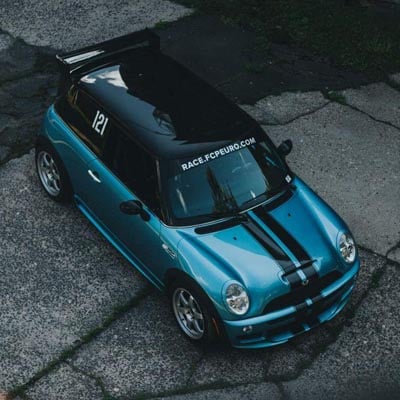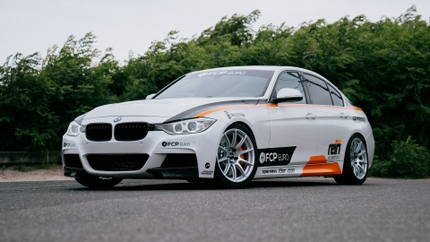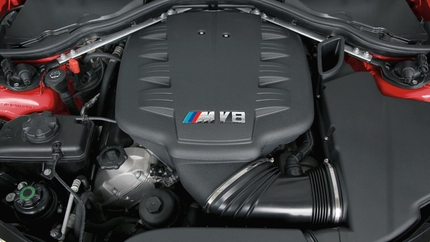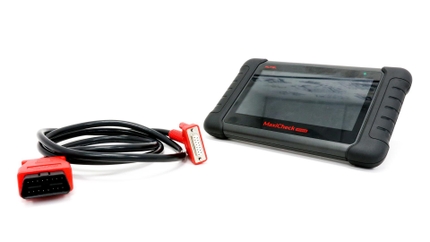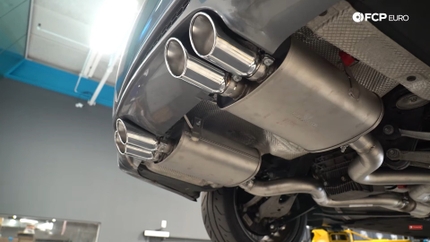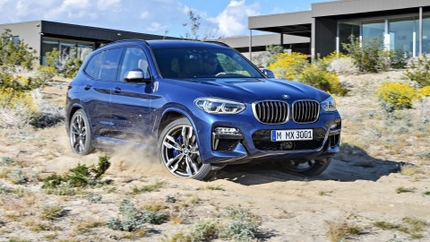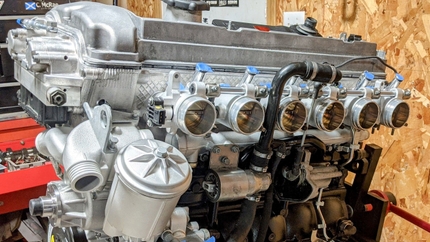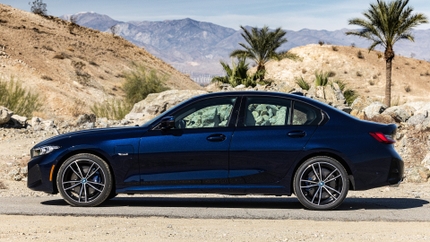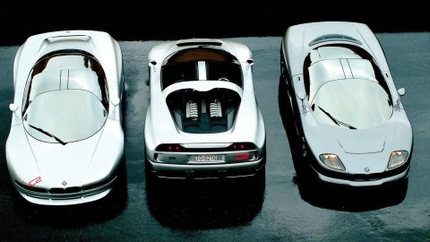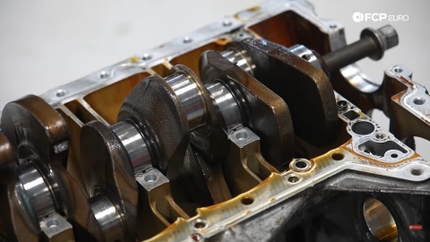The last decade has brought with it many challenges in the automotive design & engineering world. One of the biggest is the increasing emissions regulations and concerns. Since 2010 and even earlier, we've felt the crunch of those regulations in the form of uninspiring engines. However, there have still been a handful of gems—some that shaped the current trends for the next decade to come.
BMW N55 - 2009-2019
Mike Rivera - Catalog Director
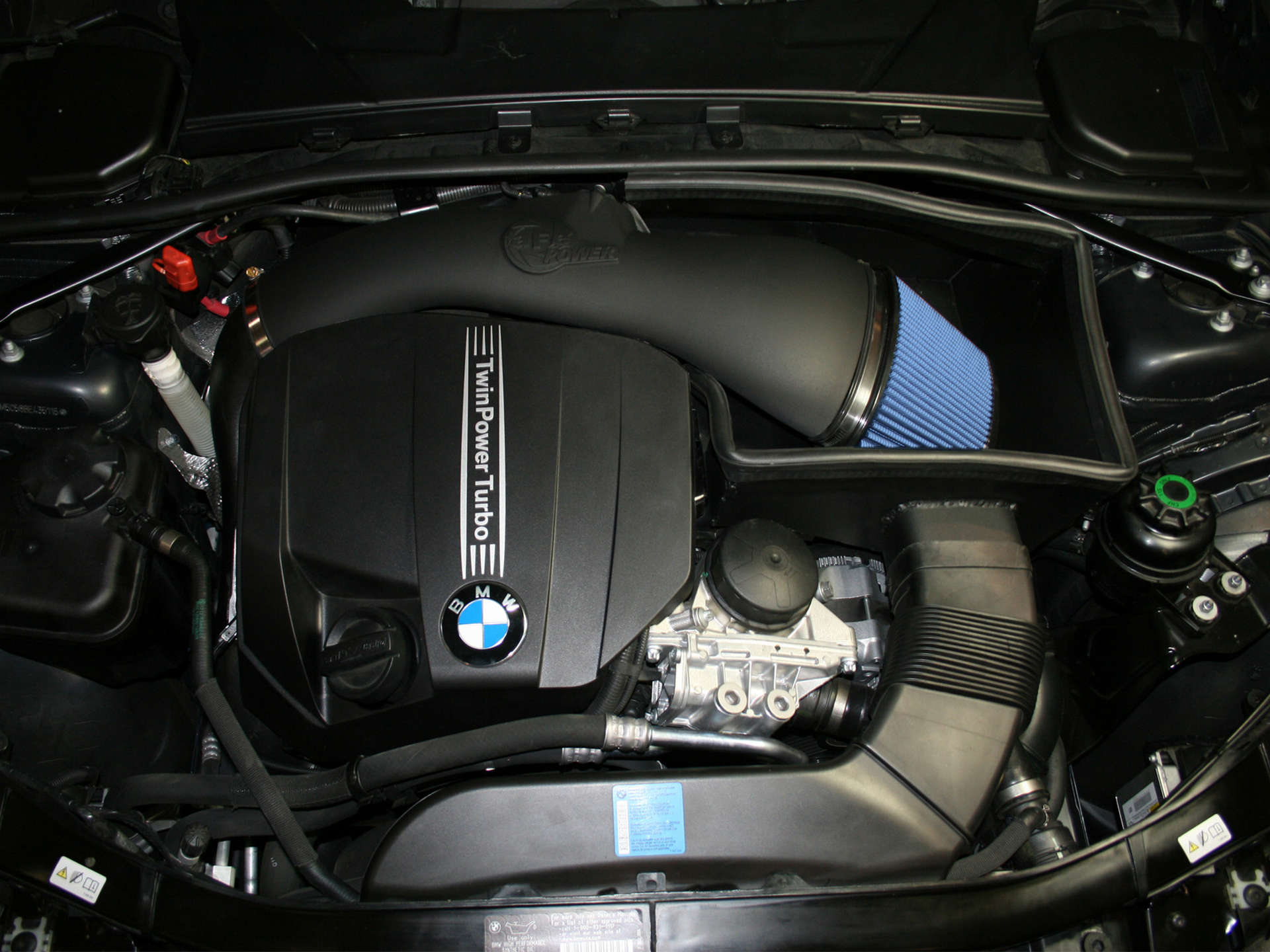
Photo Courtesy of Superstreetonline.com
This first engine choice goes almost without saying and was chosen by quite a few more people than just Mike Rivera. The BMW N55 has been shipping in various BMW models from 2012 straight through to today. The N55 engine was built upon the N54 engine, which, at the time, was BMW's first turbocharged straight-six engine in nearly twenty years. The N54 was a stepping stone in the development of the N55, which is, in almost all ways, superior. The twin-scroll turbo of the N55 provides the instant torque of the N54's twin-turbos while being considerably more reliable.
Over the years, the N55 went through multiple specification changes. In its current form, it makes 355 horsepower and 343 pound-feet of torque with a 7,000 rpm redline.
Mercedes-AMG M159 - 2010-2015
Kyle Bascombe - Mercedes-Benz Catalog Manager
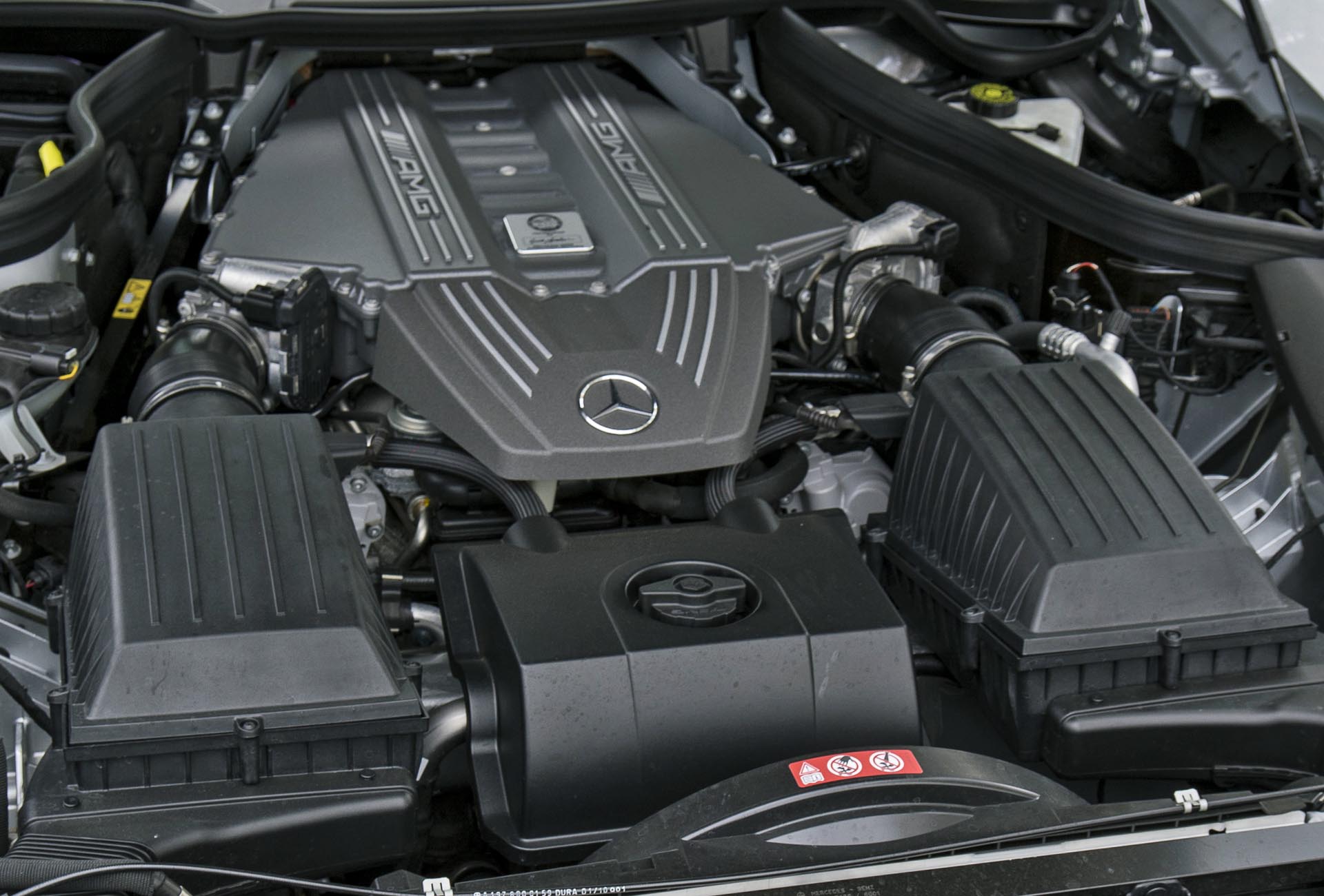
Photo Courtesy of Wikipedia.com
To understand the M159 engine, you must first become familiar with the Mercedes-Benz M156. The M156 is a massive, naturally-aspirated V8 and the first engine produced for AMG cars by Mercedes-AMG themselves. Previously, AMG engines were essentially modified Mercedes-Benz engines. This monster produces 518 horsepower and 465 pound-feet of torque with a redline of 8,000 rpm.
You'd think 518 horsepower would be enough, right? Wrong. Built for use in the SLS AMG and AMG GT3 race car, the M159 is a heavily-modified version of the M156. In addition to modified internals, this engine was fitted with a dry-sump oil system instead of the traditional wet-sump. With this, AMG was able to lower the center of gravity of the cars significantly.
In it's most recent production form, the M159 produced 622 horsepower and 468 pound-ft of torque. These numbers made it the most powerful naturally-aspirated production engine available at the time.
Volkswagen 2.0 TSI - 2008-Current
Darren Tully - Retail Center Associate
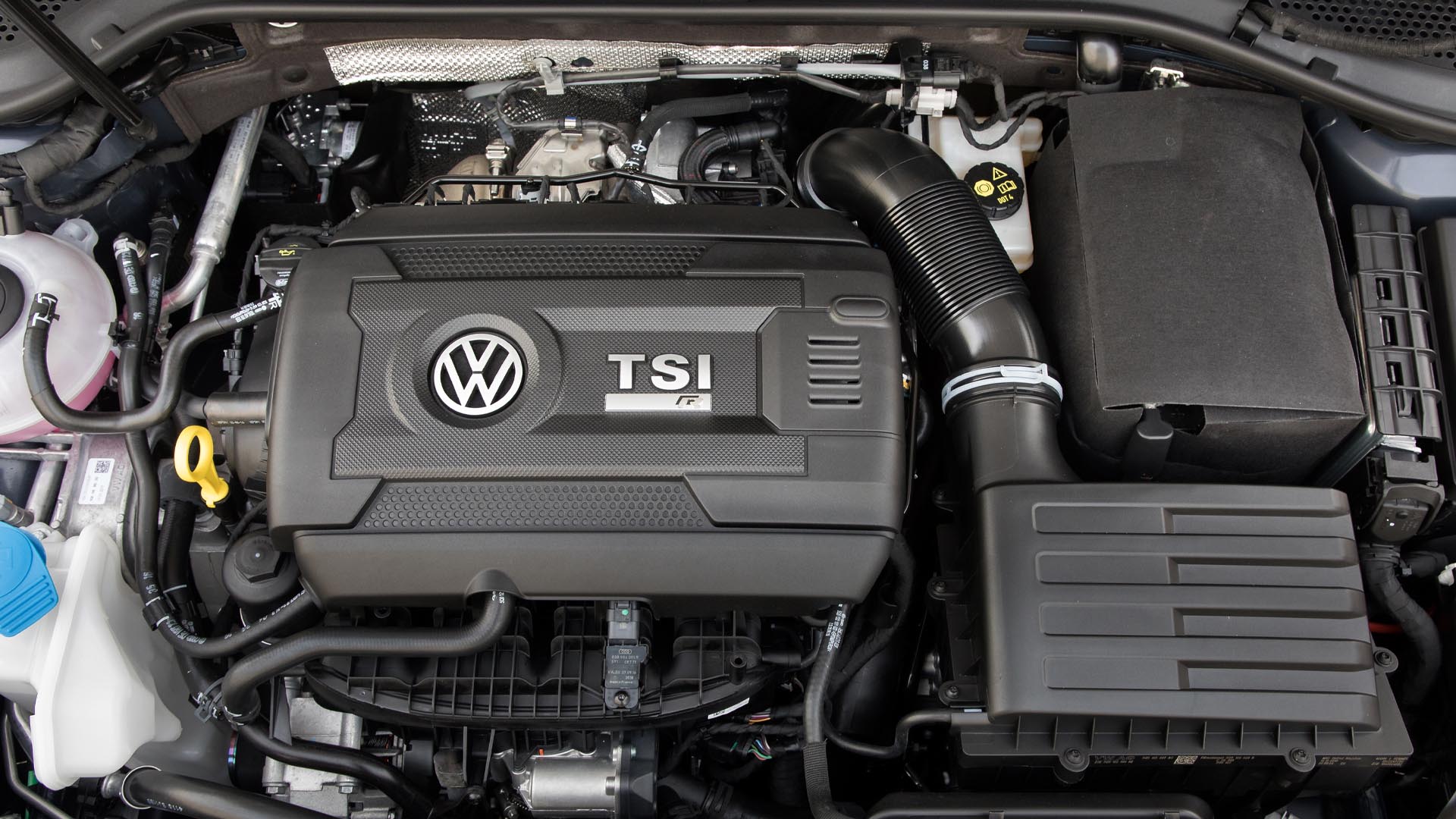
Photo Courtesy of Dealerfire.com
It's hard not to be biased when it comes to the VW 2.0 TSI engine, here. This engine is in our MK5 GTI, MK7 GTI project car, our GTI TCRs, and over a dozen other cars in our lot. As said best by Darren, "The 2.0 TSI engine changed the game for small-displacement turbocharged engines, of which you can find produced by nearly every manufacturer." Darren added, "Another benefit of this engine is that VW left a lot on the table; it's easily tuneable and buildable."
The 2.0 TSI engine has been in production since 2008 and is still being produced today. Currently, it comes in many engine code variants, and power outputs range from 170 horsepower & 207 pound-feet of torque in the Volkswagen Tiguan, all the way up to 310 horsepower & 280 pound-feet of torque in the Audi TTS.
Audi 3.0T - 2010-Current
Mario Roehrs - Customer Experience Manager
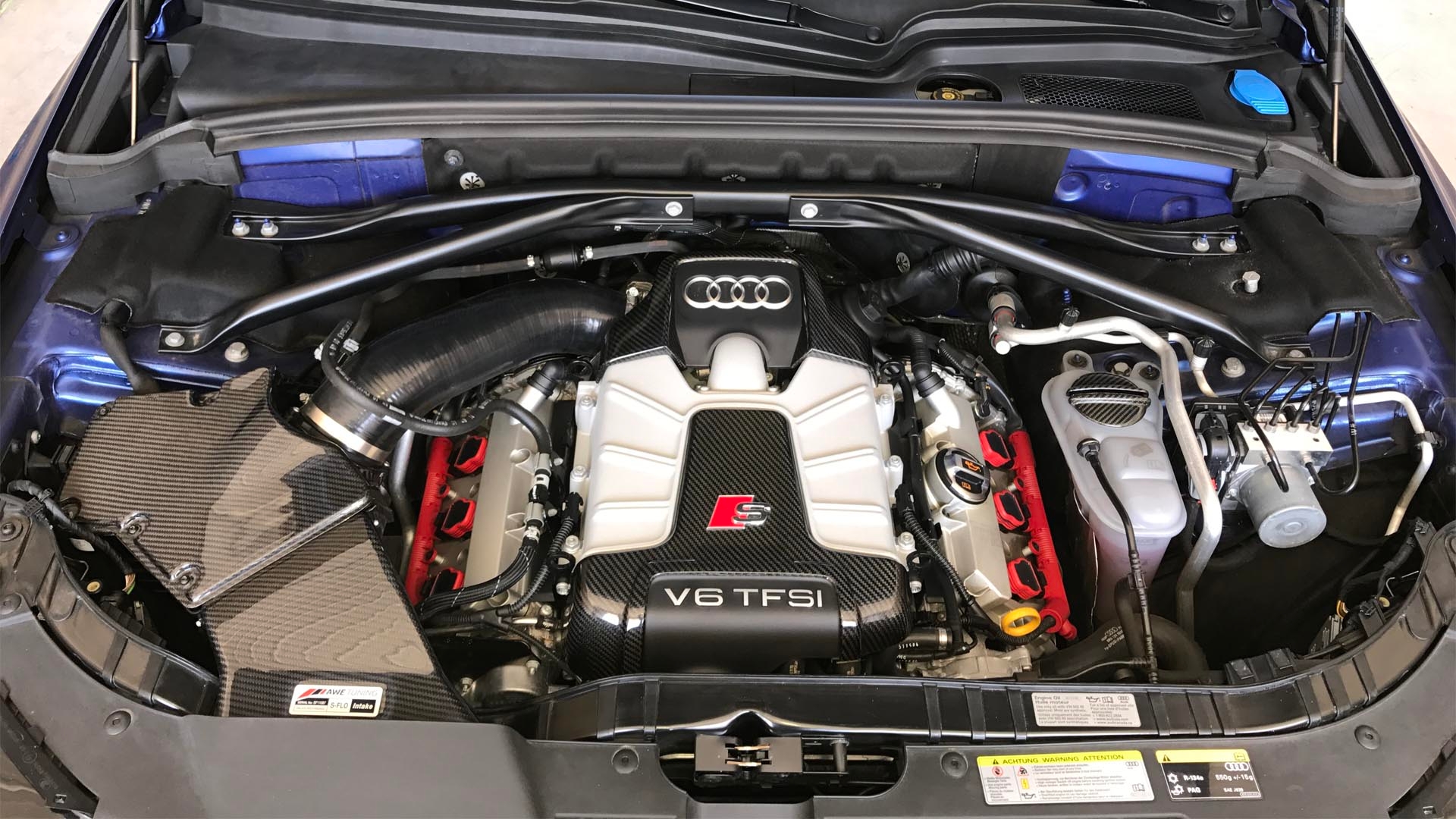
Photo Courtesy of VWVortex.com
How can you not love a supercharged engine? The Audi V6 3.0T was introduced at the very end of 2009 and is based on its predecessor, the 3.2T. Extensive modifications to the design were made in preparation for what its predecessor didn't have, a roots-style supercharger. Mario commented, "It offers the best of both worlds—meaning it has displacement and low-end torque, but thanks to the supercharger, it pulls hard to redline without any turbo lag."
The 3.0T is considered to be one of Audi's most robust engines to come in the S-cars. However, it didn't just come in the S-cars. You could get this engine in anything from the A6 to the Q7, also. In typical Audi/VW fashion, a lot of potential was left on the table. "The fun part about these engines is that the wick can be turned up a lot and they have no problem handling it. It's very common to see owners use dual pulleys and a bigger throttle body to add an easy 200 wheel-horsepower," says Mario. He added, "the limit of these engines isn't actually the engines themselves, rather the cooling system that supports them."
In its most common variant, the Audi 3.0T makes 335 horsepower from the factory & 369 pound-feet of torque.
Porsche 4.0 Liter Flat-Six - 2015-Current
Nate Vincent - Motorsports Director
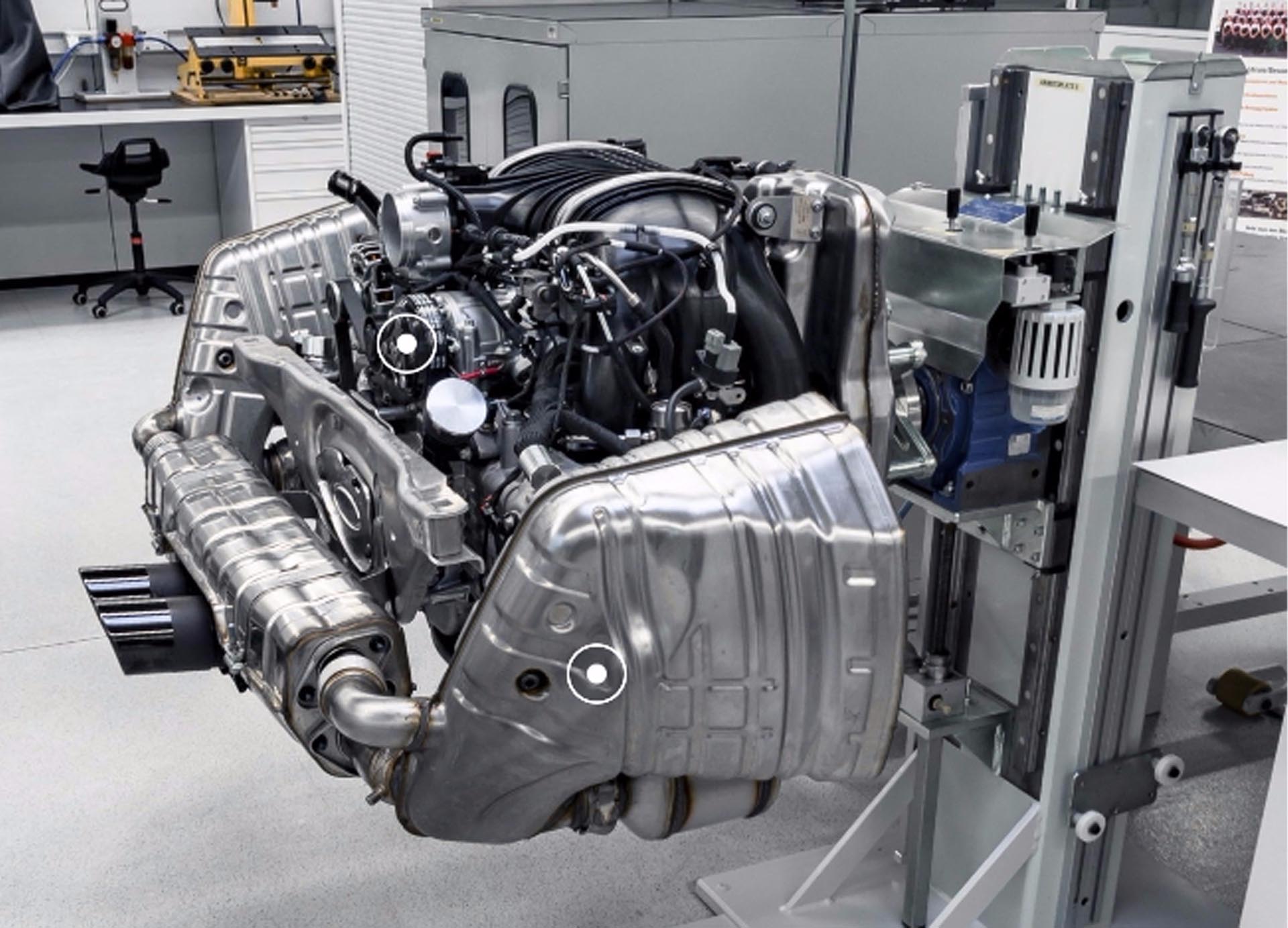
Photo Courtesy of boostaddict.com
Before you start reading about Porsche's 4.0L flat-six, you definitely should put this video on in the background just to listen to the sounds that leave the Porsche 991.2 911 GT3 RS's exhaust.
The 4.0L flat-six can be found in three Porsche models currently, the 991.1 GT3 RS, the 991.2 GT3, and the 991.2 GT3 RS. When first released in the 991.1 GT3 RS, the engine could only be paired to Porsche's PDK transmission and produced 500 horsepower & 339 pound-feet of torque.
When asked his favorite engine of this last decade, Nate almost immediately rattled off the 4.0L, stating, "Porsche created one of the last properly-built, high-revving, naturally-aspirated engines—one of the last that we might see."
With the latest iteration, the 991.2 GT3 RS, power is up to an even more impressive, 520 horsepower. You can now have it paired with either the PDK or a proper six-speed manual transmission. In both models, it has a 9,000 rpm redline, giving it that distinct race car sound.
This is part two of our "picks of the decade." Previously we featured everyone's picks for "wheel of the decade."
Do you agree or disagree with our choices? Let us know what engine from the last decade is the best in the comments below.

